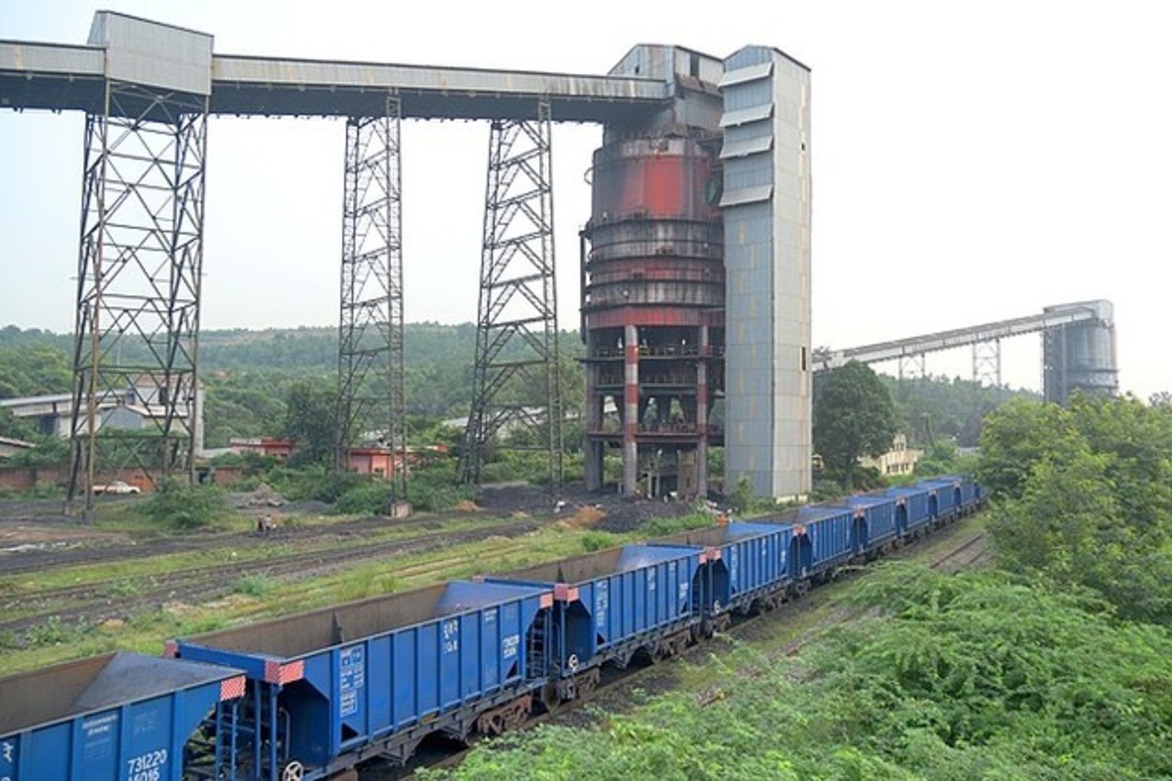Water stress threatens India’s $80B coal expansion plans
Anabelle Colaco
11 Jun 2025

CHANDRAPUR/SOLAPUR (India): As India doubles down on coal to fuel its growing energy needs, an invisible crisis is surfacing: the country is running out of water to support it.
In the western district of Solapur, residents now wait up to a week for running water — a stark contrast to a decade ago, when it flowed every other day. In 2017, the state-run NTPC began operating a 1,320-megawatt coal-fired power plant in the region. Since then, locals say the fight for water has intensified.
India plans to invest nearly $80 billion in coal projects by 2031, most of them located in water-scarce areas, according to a non-public power ministry document reviewed by Reuters. Of the 44 new coal plants listed, 37 are planned in regions already facing water stress. NTPC is involved in nine of them.
"Access to land is a bigger factor than water," said Rudrodip Majumdar of the National Institute of Advanced Studies, noting that power companies often choose regions where land acquisition faces less resistance — even if water must be drawn from far away.
NTPC said it is working to conserve water at Solapur, including by treating and reusing it, but declined to comment on possible expansion.
India's energy strategy is built around coal, which is still its most available domestic resource. Renewable investments have grown, but thermal power remains dominant, especially after the country backtracked on coal reduction post-COVID.
Residents say they're paying the price. "I do not focus on anything other than storing water, washing clothes, and such work," said Solapur local Rajani Thoke, describing how her family's life now revolves around unpredictable water supply.
Even before operations began, the Solapur plant was delayed by more than a year due to water shortages. It now draws water from a reservoir 120 km away — raising costs and concerns of theft. Federal records show it ranks among India's least water-efficient power stations.
Solapur isn't alone. In Chandrapur, 500 km northeast, one of the country's largest coal plants — the 2,920 MW Chandrapur Super Thermal Power Station — shuts down several units during weak monsoons. Despite water shortages, an 800 MW expansion is planned, although a new water source hasn't yet been identified.
Since 2014, India has lost 60.33 billion units of coal power due to water shortages, equal to 19 days of supply at current levels.
Still, officials defend the coal buildout. "Between water and coal, preference is given to coal," said Ram Vinay Shahi, India's former top energy bureaucrat.
But local voices suggest a tipping point is near. "The lack of water neutralizes all other pull factors," said Solapur official Kuladeep Jangam, reflecting on the challenge of drawing new businesses to the area.
